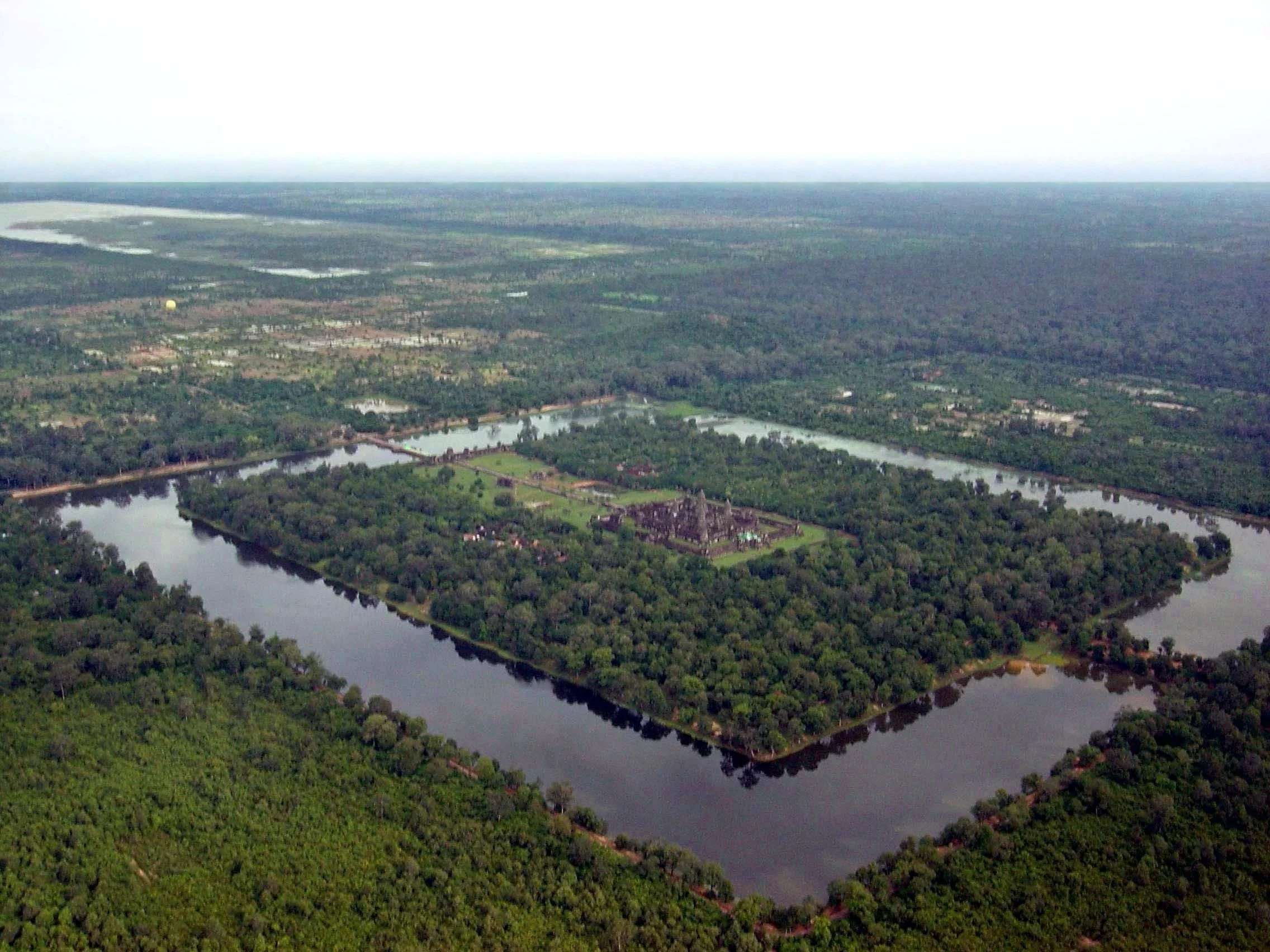#21. Starstuff
So for reasons that may or may not (they may) relate to the fact that I am working in a long-awaited book involving aliens, I have been reading a lot of Carl Sagan. Sagan has always fascinated me in a way that few other science communicators do: he presents science as not only fascinating--many science communicators do that--but as something that is intrinsically spiritual and humanizing.
There are other astronomers I find interesting, like Stephen Hawking or Neil DeGrasse Tyson, who talk about the universe in glowing and effusive language, but they don't talk about why the mightiness of the universe makes humanity so magnificent. If anything, many of these scientists make astronomy devalue humanity, rather than the other way around.
Anyway, all of this to say: Carl Sagan is pretty great.
There was a quote of his that I read that related to current events, and I really felt like saying "yeah, you tell 'em, Carl! Give 'em the ol' one-two!" It was this quote, from a book called The Demon-Haunted World: Science as a Candle in the Dark:
One of the saddest lessons of history is this: If we’ve been bamboozled long enough, we tend to reject any evidence of the bamboozle. We’re no longer interested in finding out the truth. The bamboozle has captured us. It’s simply too painful to acknowledge, even to ourselves, that we’ve been taken. Once you give a charlatan power over you, you almost never get it back.
Because, doesn't that just put your enemy in his place? "You're a bamboozler!" you shout, at your political opponent. "You're a charlatan!"
And, to be clear, there are bamboozlers and charlatans among us, very openly and proudly bamboozling and painting big signs on their foreheads that say "I'm a Charlatan!"
But the thing I find interesting is that Carl Sagan has more to say about humanity than that. In his book Cosmos, he says:
Every one of us is, in the cosmic perspective, precious. If a human disagrees with you, let him live. In a hundred billion galaxies, you will not find another.
That's a little different, isn't it? Kinda takes the edge off. I mean, we're still not supposed to bamboozle each other, but humans are precious! Human life exists only on this "pale blue dot" and nowhere else anywhere. We're a tiny, lonely little island, and it makes more sense that we settle our differences and start getting along, for the betterment of everyone.
But Carl Sagan doesn't stop there.
The nitrogen in our DNA, the calcium in our teeth, the iron in our blood, the carbon in our apple pies were made in the interiors of collapsing stars. We are made of starstuff.
It's a true science fact: those elements did not exist until stars created them. In the words of the lesser philosopher, but better DJ, Moby "People they come together, people they fall apart, no one can stop us now cuz we are all made of stars."
Of course, if you really want Sagan to say what he thinks, go back to that first book--about the bamboozling--and he says:
Science is not only compatible with spirituality; it is a profound source of spirituality.
Bits and Bobs from the World of Architecture
I know that I normally talk about science and medicine and archaeology, but today I wanted to talk a little bit about some world-famous buildings and maybe help you appreciate them a skosh more.
Basílica i Temple Expiatori de la Sagrada Família
#1. I am a sucker for cathedrals, but I'm also a sucker for Art Nouveau, so the fact that this stunning Catholic cathedral in Barcelona hits both of those buttons is, for me, fantastic. The Sagrada Família is known, in large part, for being unfinished. It was started in 1882 by an architect named Villar, but when he resigned a year later, Antoni Gaudi took over, and made it just, I don't know, insanely gorgeous. Gaudi died in 1926, but the work went on with his plans, and when some anarchists broke into the offices during the Spanish Civil War and burned some plans, they made do with what they had. And the cathedral is now on target to be finished in 2034.
The interior of the Sagrada Familia, looking up.
It has eighteen spires, representing the Twelve Apostles, the four Evangelists, the Virgin Mary, and, tallest of all, Jesus Christ. (By the way, technically it's not a cathedral; it's a church. But it's a really big ornate church, and I can call it whatever I want, because I'm made of starstuff.)
Hagia Sophia Grand Mosque
#2. If I could travel to any one cathedral, however, it wouldn't be Sagrada Familia. It wouldn't be Notre Dame de Paris (I've been there and got thrown out because I fell asleep and the priest thought I was a vagrant. Oh! The stories!) It would be the Hagia Sophia--an that's extra neat, because it's also the mosque I would most want to travel to! "You go your cathedral in my mosque!" "No, you got your mosque in my cathedral!" "Everyone calm down. We'll make it a museum!"
The interior of the Hagia Sophia
The thing about the Hagia Sophia is that it's super old. It was a cathedral in Constantinople (now Istanbul) from 360 CE to 1453, and when Constantinople fell in 1453, the Muslims added minarets and turned it into a mosque. And the thing is just gorgeous, inside and out.
Angkor Wat
#3. Speaking of sacred buildings that started out as one religion and turned into another, we have Angkor Wat in Cambodia, which was built in the 1100s as a Hindu temple to Vishnu, but relatively quickly turned into a Buddhist temple. It is known for a lot of things, but two in particular: 1: how big it is, and 2: how it went missing.
First, it is massive. The moat that surrounds it is 5 kilometers long. The outer wall is 3.6 kilometers, and the main temple is covers more than 400 acres. This thing is large. And ornate! Everything is carved in such incredible detail. Even the floors are carved--to the point where, in 2000, they had to build boardwalks for tourists to walk on because the temple wasn't meant to be walked on in shoes, let alone 2.5 million shoes per year.
An aerial view.
Second, this thing went missing (to outsiders--locals always know where these things are) and it was stumbled onto by Portuguese explorers in the 1500s. They described this massive city lost in the jungle--and indeed, it was completely overgrown and neglected. It must have been quite the sight, a kind of Indiana Jones moment. The Portuguese historian Diogo do Couto wrote:
It is of such extraordinary construction that it is not possible to describe it with a pen, particularly since it is like no other building in the world. It has towers and decoration and all the refinements which the human genius can conceive of. There are many smaller towers of similar style, in the same stone, which are gilded. The temple is surrounded by a moat, and access is by a single bridge, protected by two stone tigers so grand and fearsome as to strike terror into the visitor.
But! They lost it again, and it was rediscovered in 1860. This time, they excavated and cut down all the vines and stuff. Angkor Wat is such a symbol of national pride, that its spires are on the Cambodian flag!
#4. Since we're on a roll, let's do another building that was used by one group and repurposed by another. This is the Pyramid of the Sun in Teotihuacan, Mexico, but that's the Aztec name for it--we don't know what the original inhabitants and builders called the thing. In fact, we know very little about the original Teotihuacanos at all! The pyramid was built in two stages, first in 200 CE, building the bulk of the pyramid to 225 feet tall. The second stage was sometime later (they're not sure) and it built some adjoining things and put a temple on the peak.
But, if you know your Mesoamerican history, you've already noticed a big time gap: the Teotihuacanos used the city from 200 to 750, but then it was all abandoned until the Aztecs took over and built on top of it in the 1300s. That's why we know so little about the original builders.
Size-wise, it has a much wider base and a lower peak than the Egyptian pyramids at Giza, but it is the largest pyramid in the Americas.
Diversions and Distractions
Today's distractions and diversions are all great movie monologues, something that I am fascinated by. For starters, and to be perfectly honest, I'm amazed that people can memorize all that stuff. But to then imbue it with so much passion and meaning?
The first monologue comes from Good Will Hunting. A very young Matt Damon plays a wunderkind genius, who can solve insolvable math problems, but is just a screw-up kid. And he's been ordered by the court (because he ran afoul of the law) to meet with Robin Williams' character, a counselor. This scene takes place after Damon mocks Williams for a painting he'd done.
In honor of the 50th Anniversary of Jaws, we have to do this incredible monologue by Robert Shaw. In it he retells the true story the sinking of the USS Indianapolis, when sharks massacred a ship's worth of stranded sailors.
And, just because it's great, how about the final scene of Pulp Fiction. There's too much to recap, but it is Samuel L. Jackson at his Samuel L. Jacksonest. (Language warning.)
And that's all for this week. You know how I made a promise that I will never promote anything in this newsletter? Well I'm holding to it. But you can visit my website if you like.
We are all made of stars.







